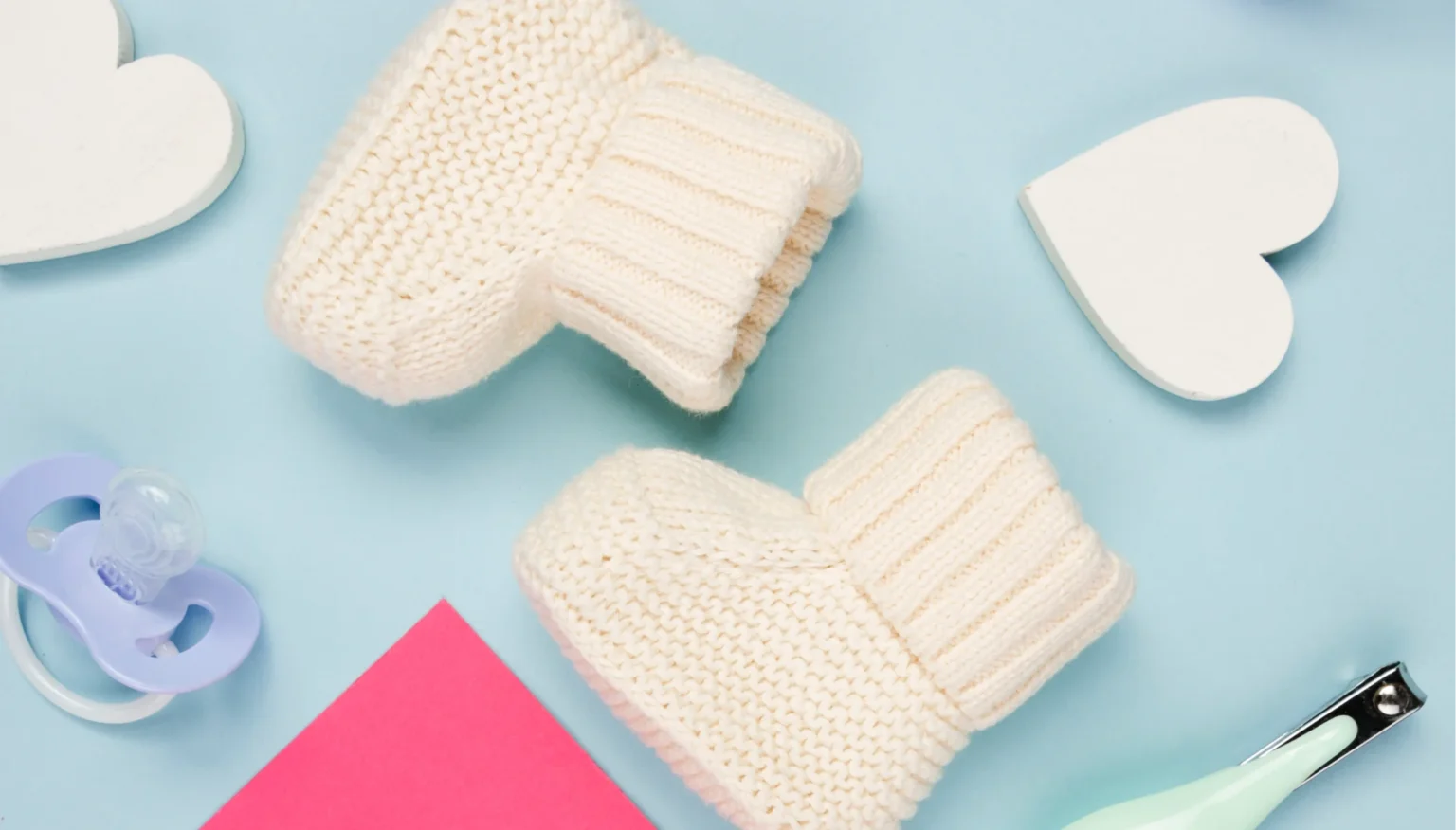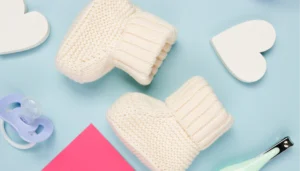In the world of baby and children’s products, captivating photography can make a big difference, grabbing the attention of parents and caregivers. Every product has its own story to tell, from cute onesies to colorful toys, and it’s the photographer’s job to tell that story in compelling images. This article looks at creative ideas to make your product photography for children and babies extra special.
Understanding your audience
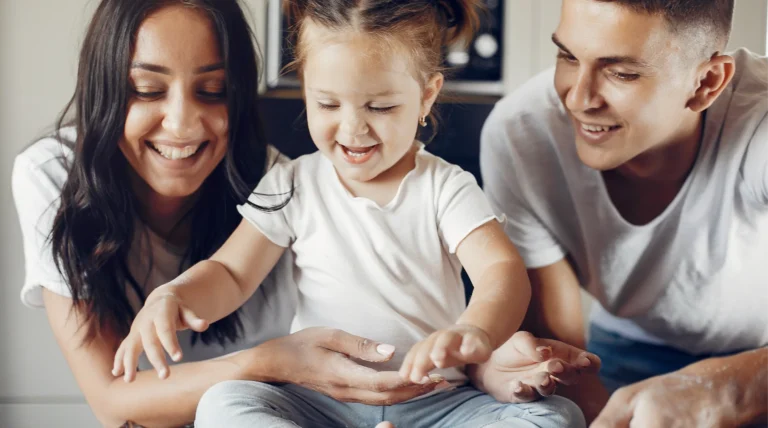
To create compelling product photos for children and babies, it’s important to understand your target audience. Parents and caregivers aren’t only looking for functional items, but also for products that appeal to their values and emotions. Therefore, it’s important to conduct market research to gain insight into the preferences, lifestyles, and desires of your target audience.
First, identify key demographic factors such as age, gender, income level, and geographic location. Consider the specific needs and challenges parents and caregivers face, whether it’s safety, developmental progress, or educational enrichment. By understanding the unique journey of parenting, you can tailor your photography to the desires and aspirations of your target audience.
By gaining insight into the needs, desires, and emotions of parents and caregivers, you can tailor your images to create a meaningful connection. Through empathy and understanding, you can create images that showcase products and speak to the viewer on a personal level.
Setting the scene
The choice of setting can significantly impact the mood and storytelling potential of your product photography. Whether you opt for a studio setup or an outdoor location, the environment should complement the product and enhance its visual appeal.
For indoor shoots, consider utilizing a cozy nursery, a bright playroom, or a minimalist living space as your backdrop. Pay attention to the decor, furniture, and lighting to create a cohesive and inviting atmosphere. Incorporate elements that reflect the target audience’s lifestyle and preferences, such as stylish furnishings, whimsical decorations, or eco-friendly accents.
Alternatively, embrace the beauty of natural landscapes and outdoor settings for a breath of fresh air and a sense of adventure. From sunny gardens to picturesque parks, explore locations that offer ample space for movement and exploration. Take advantage of the ever-changing natural light to imbue your images with warmth, depth, and character. Strive to create a versatile and adaptable environment that can accommodate different product categories and themes.
By selecting appropriate backdrops, props, and decor, you can create immersive environments that captivate your viewers and draw them into the world of the products. A well-crafted setting sets the stage for compelling storytelling and evokes the desired emotions from the audience.
Natural lighting
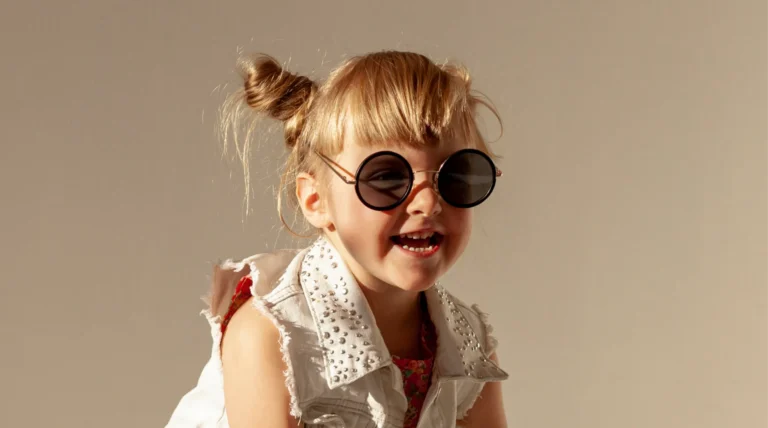
Natural lighting is the cornerstone of captivating kids and baby product photography, as it enhances colors, textures, and details in the images. Harnessing the soft, diffused light of natural sources can create a warm and inviting atmosphere.
When planning your photo shoot, choose a location with ample natural light, such as a room with large windows or an outdoor space with open skies. Avoid direct sunlight, as it can cast harsh shadows and create unwanted highlights. Instead, aim for soft, indirect light that gently illuminates the scene and enhances the overall mood.
To maximize the quality of natural light, schedule your shoot during the golden hours of sunrise or sunset when the light is softest and most flattering. Alternatively, utilize diffusers, reflectors, or sheer curtains to soften harsh sunlight and create a more even light distribution.
By harnessing the power of natural light, you can create stunning images that captivate viewers and evoke a sense of wonder and delight.
Vibrant colors
Colors play a pivotal role in kids and baby product photography, capturing the attention of young ones and their caregivers alike. Bright primary colors like red, blue, and yellow often resonate with young children, while pastel shades evoke a sense of innocence and tranquility.
Experiment with contrasting color combinations to create visual interest and depth in your images. Pair complementary colors like blue and orange or purple and yellow to make the products pop against the backdrop.
Alternatively, explore analogous color schemes by selecting hues that are adjacent on the color wheel, such as green and blue or pink and purple, to create a harmonious and cohesive look.
Consider the psychology of color and its impact on mood and perception. Warm tones like red and orange can evoke energy and excitement, while cool tones like blue and green are calming and soothing. Tailor your color choices to match the mood and theme of the product, whether it’s a playful toy, a cozy outfit, or a nurturing baby accessory.
Moreover, pay attention to the saturation and intensity of colors to ensure they remain vibrant and eye-catching in your photographs.
Avoid oversaturating or overpowering the image with too many bold colors, as it can overwhelm the viewer and detract from the main focus – the product itself. Instead, strive for a balanced and harmonious color palette that enhances the overall visual appeal of your compositions.
Playful compositions
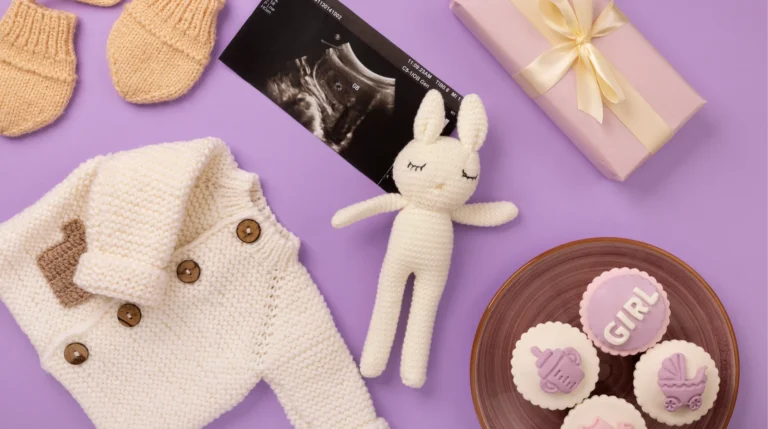
Infuse a sense of playfulness and whimsy into your product photography by experimenting with dynamic compositions and angles. Instead of relying on traditional framing and static poses, encourage movement, interaction, and spontaneity to capture genuine moments of joy and discovery.
Get down to the child’s eye level to create a more intimate and immersive perspective that resonates with viewers. This approach allows you to capture the world from the child’s point of view, showcasing their unique perspective and sense of wonder. Experiment with unconventional angles, such as overhead shots or close-ups, to highlight interesting details and textures.
Incorporate elements of movement and action to add energy and excitement to your compositions. Capture the child laughing, playing, or engaging with the product in a natural and uninhibited manner. Embrace imperfection and spontaneity, as these candid moments often yield the most authentic and emotional photographs.
Consider the rule of thirds and other compositional techniques to create visually balanced and compelling images. Place the main subject off-center to create a sense of visual interest and tension, while leading lines and framing techniques can draw the viewer’s eye towards the focal point. Experiment with negative space and depth of field to create a sense of depth and dimension in your compositions.
Focus on details

When photographing kids and baby products, it’s essential to highlight the unique features and qualities that set them apart. Whether it’s the soft texture of a plush toy, the intricate stitching of a garment, or the ergonomic design of a baby accessory, focus on capturing these details in close-up shots.
Utilize macro photography techniques to zoom in on specific features and textures, revealing the product’s craftsmanship and quality. Showcase the fine details and nuances that make each item special, whether it’s the delicate embroidery on a dress or the whimsical patterns on a diaper bag.
Play with different angles and perspectives to highlight interesting details and create visual intrigue. Capture shots from above to showcase the overall design and silhouette of the product, then zoom in on specific areas to reveal finer details up close.
Pay attention to lighting and shadows to enhance texture and depth, ensuring that every detail is crisp and clear in the final image.
Lifestyle photography
It has become increasingly popular as it offers a more authentic and relatable approach to showcasing products in real-life scenarios. Instead of staged poses and artificial settings, lifestyle photography captures candid moments and genuine interactions between children, parents, and caregivers.
Whether it’s a family picnic in the park, a cozy bedtime story at home, or a playful afternoon in the backyard, strive to capture the genuine emotions and connections shared between individuals. Embrace spontaneity and unpredictability, allowing the natural dynamics of play and exploration to unfold organically.
Encourage children to interact with the products in a way that feels natural and genuine, whether it’s building with blocks, cuddling a stuffed animal, or dressing up in colorful attire. By capturing these authentic moments, you can create imagery that feels relatable and emotionally resonates with your viewers.
Consider the context and environment in which the products are used, and incorporate subtle storytelling elements to enhance the narrative. Whether it’s a family bonding over a shared activity or a child expressing joy and curiosity, aim to convey the product’s relevance and utility within the context of everyday life.
Ultimately, lifestyle photography offers a powerful way to connect with your audience on a deeper level, fostering a sense of trust and authenticity that resonates with parents and caregivers.
Storytelling narratives
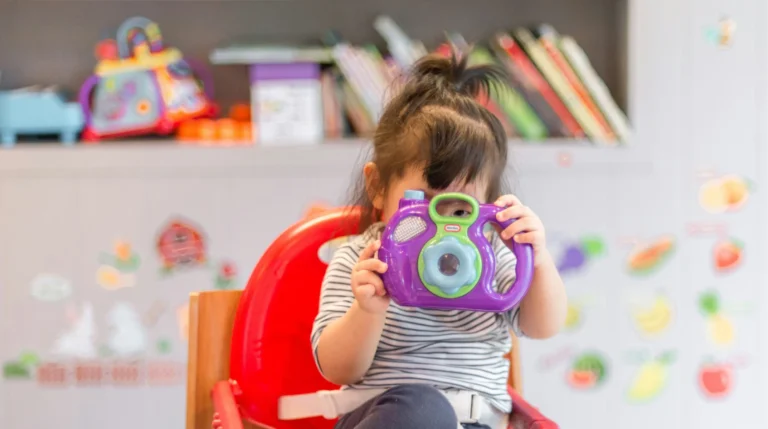
Every product has a story to tell, and storytelling narratives offer a powerful way to convey its benefits and appeal. Instead of merely showcasing the products in isolation, create narrative-driven images that tell a story and evoke emotion.
Start by identifying the key features and attributes of the product that you want to highlight. Whether it’s the educational value of a toy, the comfort of a baby carrier, or the versatility of a stroller, think about how these qualities can be communicated through visual storytelling.
Consider the target audience’s needs and aspirations, and craft narratives that resonate with their experiences and values. Whether it’s a busy parent seeking convenience and practicality or a new parent cherishing precious moments with their newborn, tailor your storytelling to address their specific desires and concerns.
Set the scene with a relatable backdrop that reflects the product’s intended use, then introduce characters – whether it’s children, parents, or caregivers – who interact with the product in meaningful ways. Whether it’s a heartwarming moment of connection between siblings, a sense of wonder and discovery as a child explores a new toy, or a reassuring embrace between parent and baby, aim to create imagery that resonates with the viewer.
Experiment with props and accessories
Props and accessories are valuable tools in product photography, allowing you to add context, personality, and visual interest to your images. Whether it’s whimsical hats and headbands, playful toys and books, or themed backdrops and decor, props can help create a cohesive theme and enhance the storytelling potential of your baby photographs.
When selecting props and accessories, consider the theme, mood, and target audience of your shoot. Choose items that complement the products and reflect the desired aesthetic. It can be a rustic woodland theme, a vibrant circus-inspired motif, or a minimalist modern design.
Incorporate texture-rich fabrics and eye-catching patterns to create visual intrigue and tactile appeal. Pay attention to scale and proportion to ensure that the props enhance rather than overwhelm the main focus – the product itself.
Avoid cluttering the scene with too many distractions or competing elements, and instead, focus on creating a harmonious and visually pleasing arrangement. Experiment with different placements, angles, and arrangements to find the perfect balance that enhances the overall impact of your photographs.
Ultimately, props and accessories offer endless creative possibilities in kids and baby product photography, allowing you to infuse your images with personality, charm, and storytelling flair.
Post-processing magic

Post-processing is the final step, where images are polished and perfected to achieve their full potential.
Start by organizing and selecting the best images from your shoot, focusing on those that best convey the desired mood, composition, and storytelling. Use editing software such as Adobe Photoshop or Lightroom to fine-tune the exposure, contrast, and color balance to enhance the overall mood and atmosphere of your images.
Experiment with creative effects and enhancements to add personality and visual interest to your photographs. Whether it’s adding a subtle vignette to draw the viewer’s eye towards the focal point, applying a soft focus effect to create a dreamy atmosphere, or enhancing colors to make them more vibrant and eye-catching, post-processing allows you to unleash your creativity and add a touch of magic to your images.
Be mindful of maintaining a balance between enhancement and authenticity in your post-processing workflow. While it’s tempting to apply a myriad of effects and filters, it’s essential to ensure that the final result remains true to the original scene and preserves the integrity of the subject matter. Aim for a natural and cohesive look that enhances the overall impact of your images without overshadowing the main focus – the product itself.
Experiment with different editing techniques and styles to find a look that best suits your aesthetic preferences and resonates with your target audience.
By leveraging the power of post-processing, you can transform your kids and baby product photography into captivating works of art that inspire, delight, and connect with your audience on a deeper level.
Wrapping up
For this type of product photography, creativity, and innovation are key. Infuse each photograph with warmth, joy, and authenticity to establish a lasting impression and capture the magic of childhood through stunning imagery.
FAQ
How can I ensure the safety of the child during a product photoshoot?
Safety should always be the top priority during a product photoshoot involving children. Ensure that all props and accessories are age-appropriate and free from choking hazards. Supervise children closely and avoid placing them in precarious positions or near potentially dangerous objects. Additionally, communicate with parents or caregivers about any safety concerns and obtain necessary permissions before including children in the shoot.
What camera equipment is best for kids and baby product photography?
While professional-grade DSLR cameras offer exceptional image quality and versatility, you don’t necessarily need expensive equipment to capture great photos. A high-quality digital camera or even a smartphone with a good camera can suffice, especially when paired with proper lighting and composition techniques. Focus on mastering fundamental photography principles such as lighting, framing, and focus rather than relying solely on equipment.
How can I encourage natural expressions and interactions from children during a photoshoot?
Engage with them on their level, using playfulness, humor, and patience to build rapport and trust. Encourage spontaneous play and exploration rather than rigid posing, allowing children to express themselves authentically. Be prepared to capture fleeting moments of joy and wonder, as these candid shots often yield the most genuine and memorable images.
What are some tips for styling and arranging props in kids and baby product photography?
When styling props for a kids and baby product photoshoot, less is often more. Choose props that complement the product without overwhelming the scene. Consider the theme, color palette, and mood you want to convey and select props accordingly. Experiment with different arrangements and compositions to find a balance between visual interest and simplicity. Pay attention to scale, texture, and placement to create a cohesive and visually appealing setup.
How can I effectively market kids and baby products through photography?
To effectively market products through photography, focus on creating images that resonate with your target audience’s lifestyle, aspirations, and values. Showcase the products in real-life contexts and relatable scenarios, highlighting their features, benefits, and unique selling points. Utilize storytelling narratives, lifestyle photography, and engaging visuals to create an emotional connection with viewers and inspire them to make a purchase.
